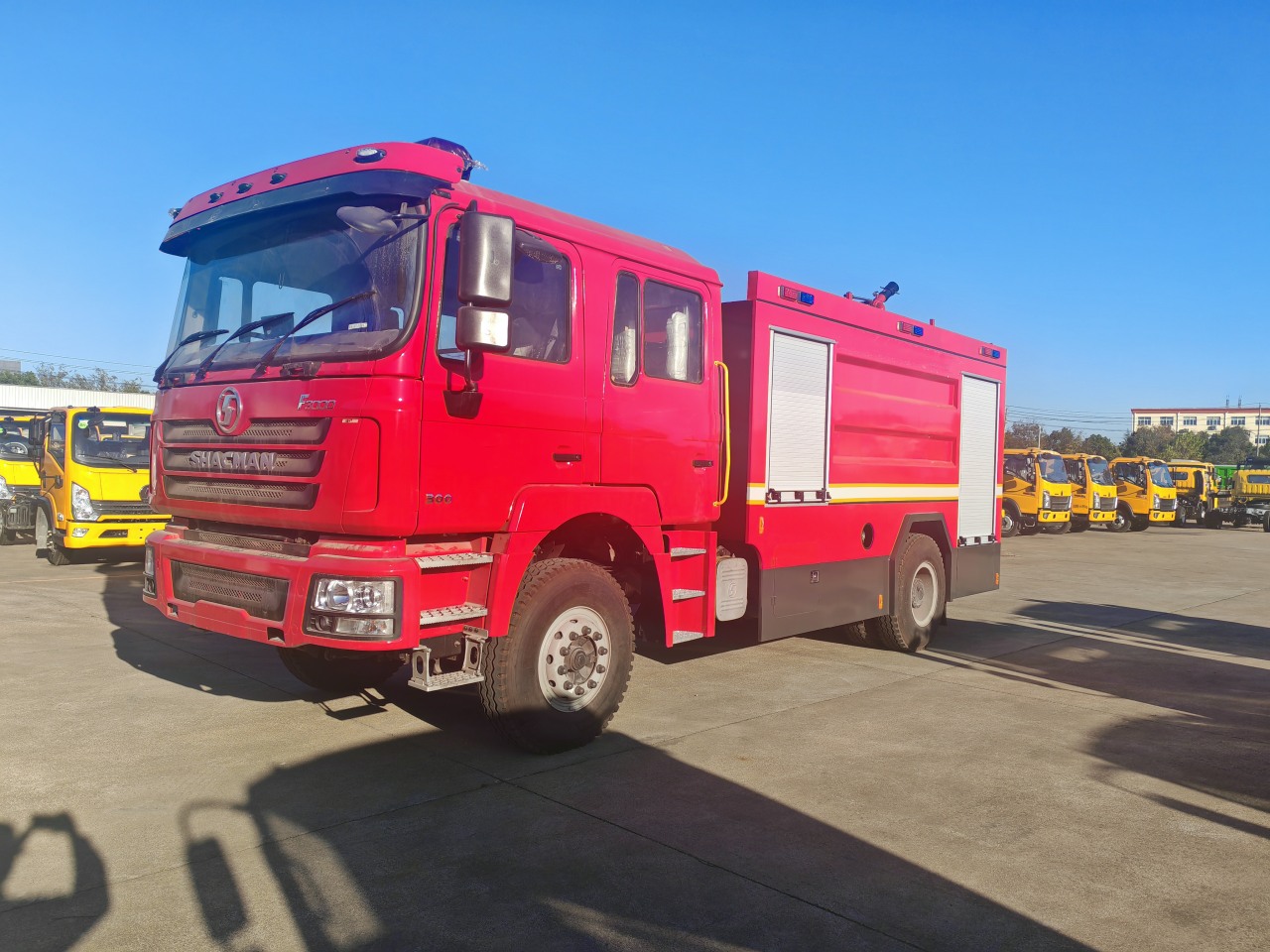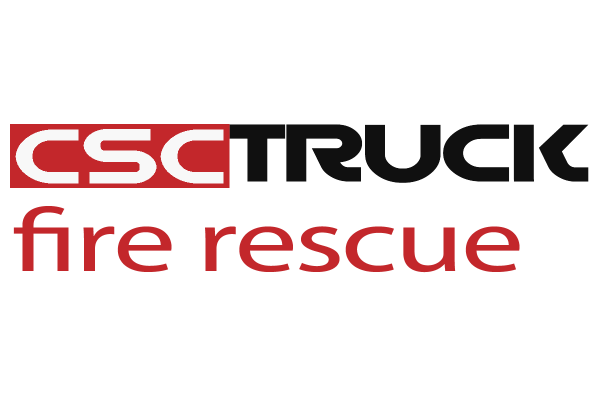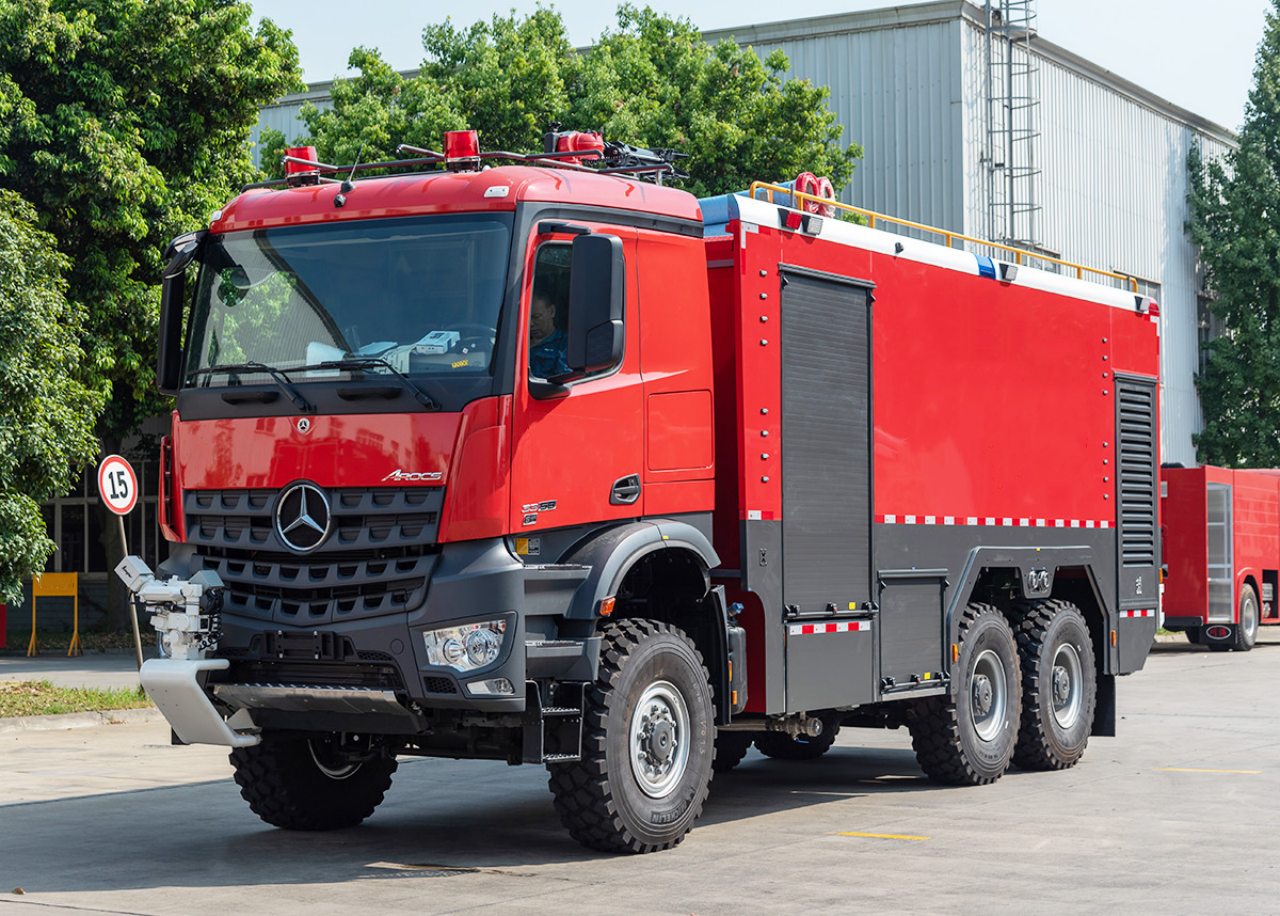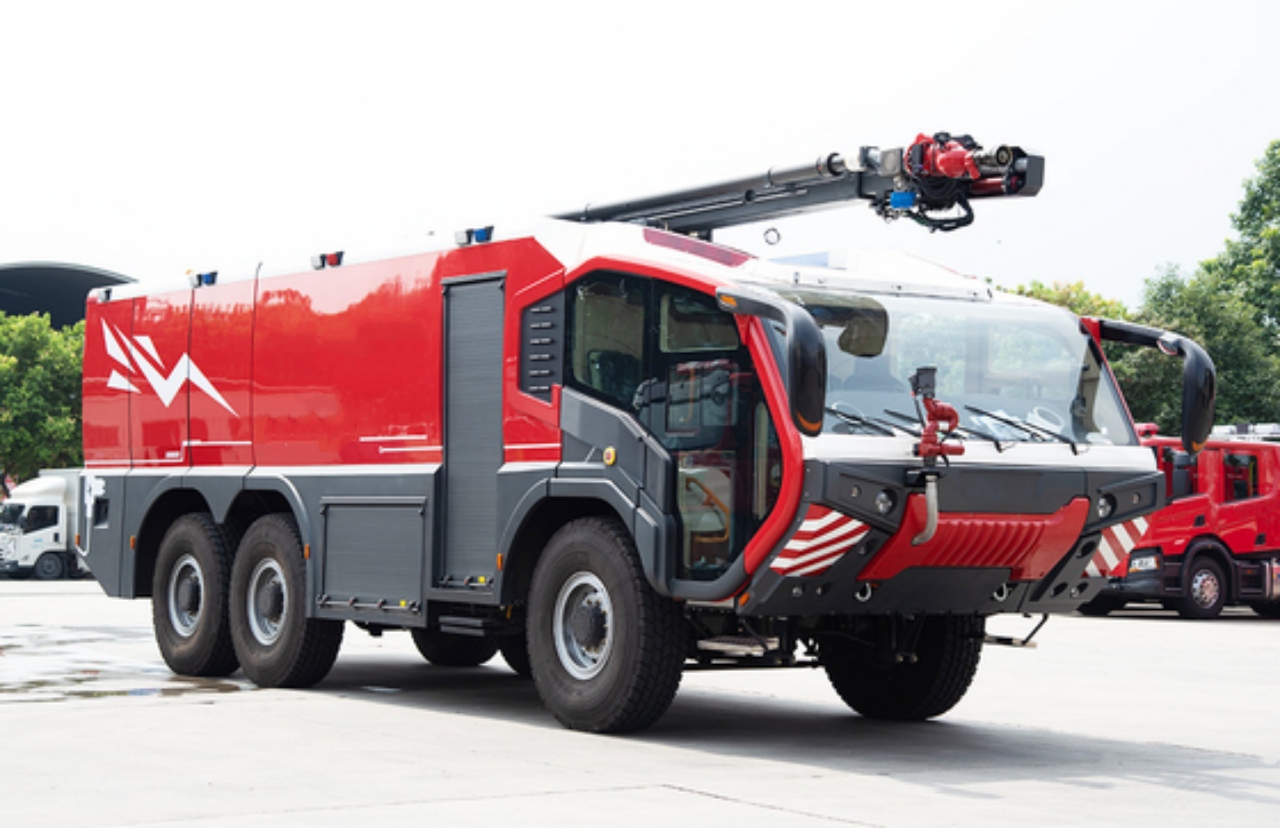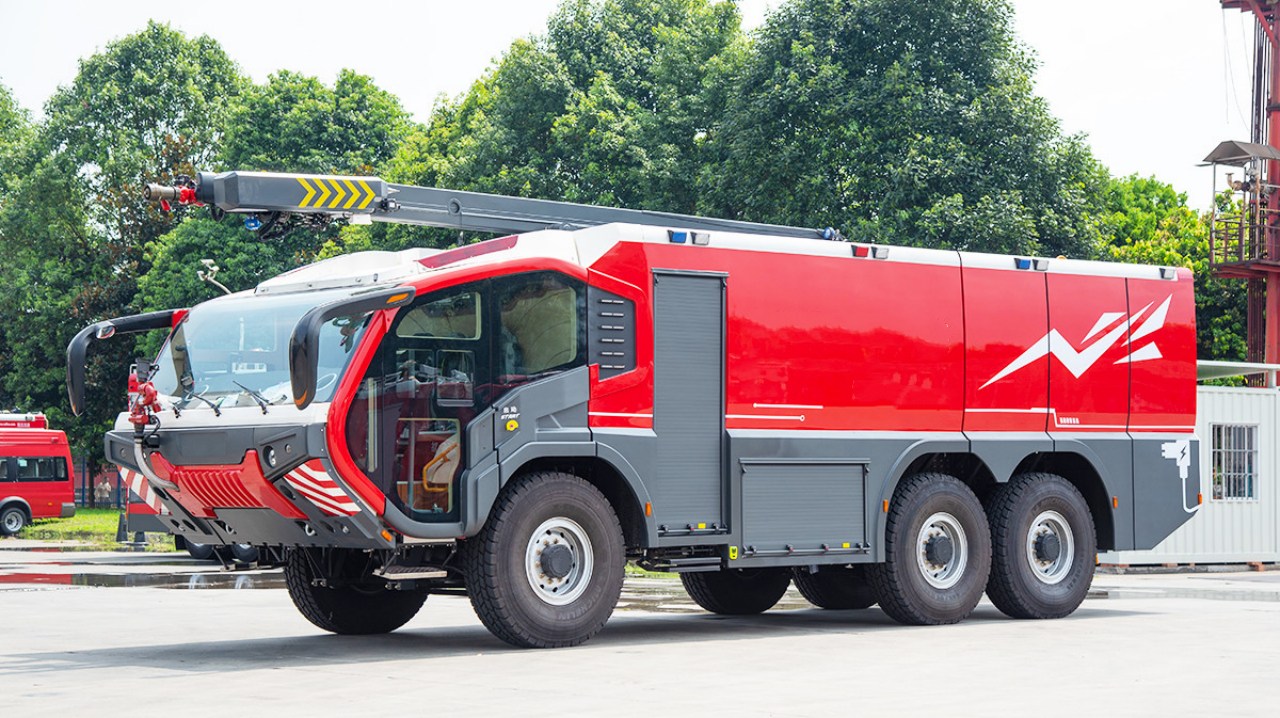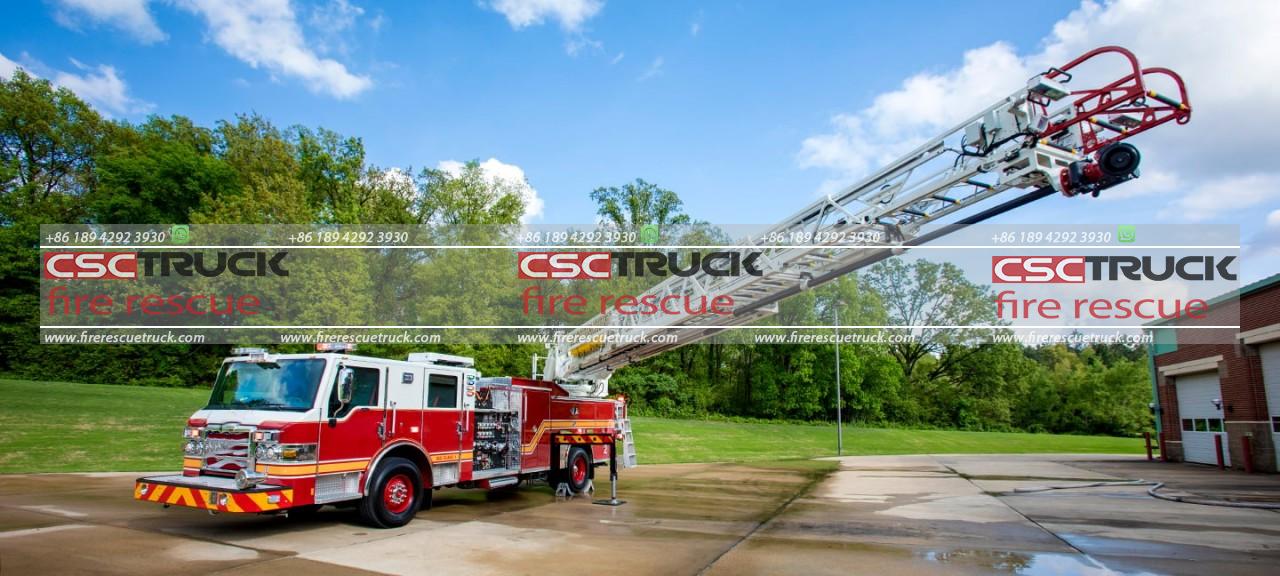When people think of firefighting vehicles, the classic red fire truck with flashing lights and a blaring siren usually comes to mind. This iconic image represents the most common fire apparatus: the pumper truck, also known as the engine or fire engine. While there are several specialized types of fire apparatus designed for various emergency scenarios, such as aerial ladder trucks, tanker trucks, and heavy rescue units, the pumper truck remains the backbone of fire departments around the world. This article explores what makes the pumper truck so essential and why it holds the title of the most common fire apparatus.
What Is a Fire Apparatus?
A fire apparatus is any specially designed vehicle used by fire departments to assist in firefighting operations, rescue missions, and other emergencies. These vehicles are engineered to carry equipment, personnel, and resources needed to combat fires and save lives. Fire apparatuses come in many forms, each tailored to a specific type of emergency response. Common types include:
- Pumper Trucks (Engines)
- Aerial Ladder Trucks
- Tanker Trucks (Water Tenders)
- Rescue Trucks
- Wildland Fire Engines
- Hazmat Units
- Command Vehicles
Each of these vehicles plays a crucial role in modern fire service operations, but among them, the pumper truck stands out as the most widely used and versatile.
Understanding the Pumper Truck
The pumper truck, or fire engine, is the primary response vehicle dispatched to fire emergencies. It is equipped with a water pump, hose lines, water tanks, and a range of firefighting tools and equipment. A standard pumper truck typically includes:
- A water tank (500 to 1,000 gallons)
- A pump capable of moving 1,000 to 2,000 gallons of water per minute
- Pre-connected hose lines (attack and supply lines)
- Ground ladders
- Basic rescue tools
- Medical supplies for first response
- Personal protective equipment (PPE) for the crew
These trucks carry a crew of 3 to 6 firefighters and are built for rapid deployment, making them ideal for initial attack on structure fires, vehicle fires, and many rescue situations.
Why Is the Pumper Truck the Most Common?
There are several reasons why the pumper truck is the most prevalent fire apparatus in use today:
1. Versatility
A pumper truck can handle a wide variety of emergency scenarios. Whether it’s putting out a house fire, responding to a car accident, or assisting in medical emergencies, this vehicle can do it all. Its combination of water supply, hose lines, and firefighting tools makes it a Swiss Army knife of fire response.
2. First Due Response
In most fire departments, pumper trucks are the first units to arrive on the scene. Their role is to initiate the firefighting process, establish a water supply, and begin rescue operations if needed. The speed and readiness of pumper trucks make them indispensable.
3. Essential Equipment
Unlike specialized apparatus that serve niche roles, the pumper truck carries essential tools used in nearly every emergency. From axes and pry bars to thermal imaging cameras and defibrillators, the engine crew is prepared for numerous situations.
4. Cost-Effectiveness
Compared to aerial apparatus or large tanker trucks, pumpers are relatively less expensive to purchase, operate, and maintain. For small and medium-sized departments with limited budgets, a pumper truck provides the best return on investment.
5. Foundation of Fire Suppression Strategy
In fireground operations, the pumper truck establishes the base for the water supply. Whether drawing from a hydrant, drafting from a static water source, or using its onboard tank, the pumper ensures continuous water flow for fire suppression.
Evolution of the Pumper Truck
The modern pumper truck has evolved significantly since its early beginnings. In the 1800s, fire engines were horse-drawn wagons with hand-operated pumps. By the early 1900s, steam-powered engines began to replace manual labor. The internal combustion engine later revolutionized fire apparatus design, making vehicles faster, more reliable, and more capable.
Today’s pumps are highly engineered machines that incorporate advanced technology:
- Electronic pressure governors for precise pump control
- Integrated foam systems for chemical fires
- Computerized diagnostics and telemetry
- Scene lighting and communication systems
- Environmental controls and cab safety systems
These innovations make modern pumper trucks safer for crews and more effective at combating increasingly complex emergencies.
Variants of the Pumper Truck
Though the basic design of a pumper truck remains consistent, many departments use customized versions tailored to specific needs:
- Urban Pumpers: Compact and maneuverable for tight city streets, often with enhanced medical equipment.
- Rural Pumpers: Larger water tanks and off-road capabilities to deal with areas lacking hydrants.
- Mini Pumpers: Smaller units for quick attack or brush fire response.
- Rescue-Pumpers: Equipped with additional extrication tools for vehicle rescues.
These variants demonstrate the adaptability of the pumper design and its relevance across diverse environments.
Role in Firefighting Operations
During a fire, the pumper truck plays a central role in orchestrating operations. Upon arrival, its crew assesses the scene, deploys hose lines, and begins suppression efforts. Simultaneously, one firefighter operates the pump panel to ensure proper pressure and flow to the hoses. The vehicle may also be used as a staging point for ventilation tools, ladders, and medical aid.
If additional units arrive, such as a ladder truck or tanker, the pumper still serves as the water distribution hub, feeding other apparatus through supply lines.
Global Presence
The popularity of the pumper truck is not limited to North America. Fire departments around the world use some form of a pumper as their primary engine:
- In Europe, compact pumpers known as “water tenders” or “fire appliances” serve similar roles.
- In Asia, pumper trucks are often built on smaller chassis to navigate dense urban areas.
- In rural Australia, pumper-tankers are used for both structure and bush fires.
Despite regional variations, the core function remains consistent: Get water to the fire and support firefighting crews.
Conclusion
In the hierarchy of firefighting apparatus, the pumper truck reigns supreme as the most common and indispensable vehicle in service. Its versatility, reliability, and foundational role in fire suppression make it the cornerstone of nearly every fire department‘s fleet. Whether in a bustling metropolis or a remote rural area, the familiar sight of a red fire engine symbolizes safety, readiness, and community service. As fire services continue to evolve, the pumper truck will undoubtedly remain at the forefront, adapting to meet new challenges while continuing its vital role in protecting lives and property.
